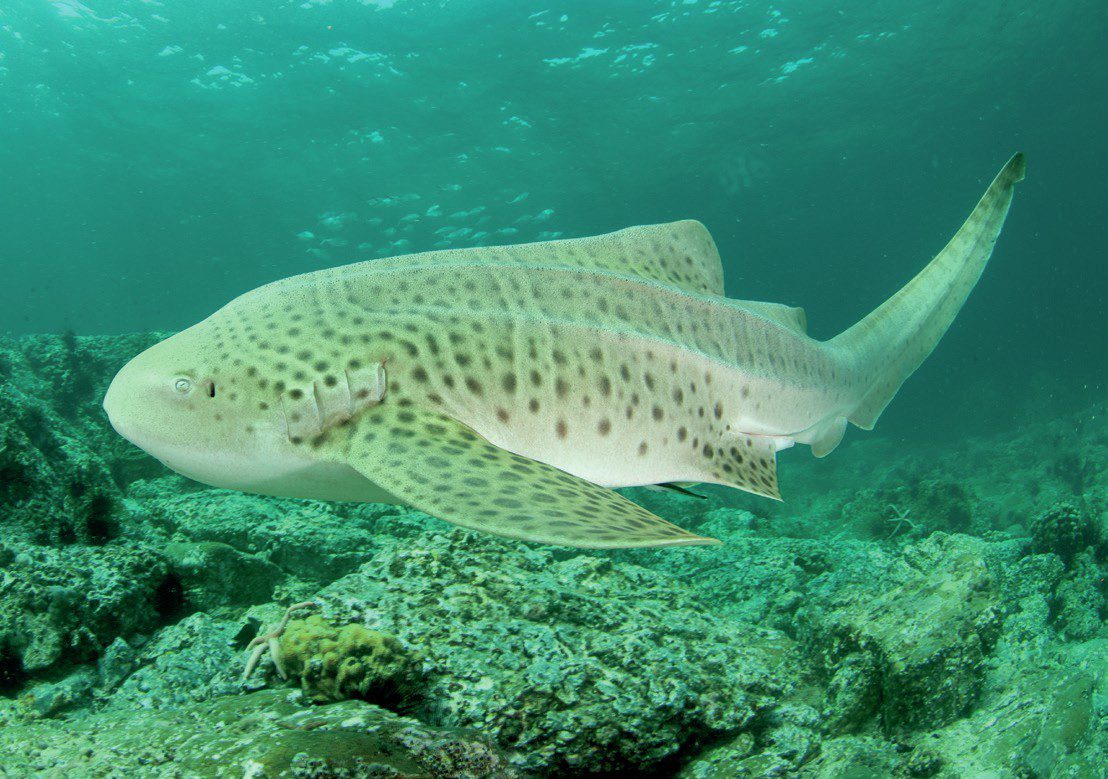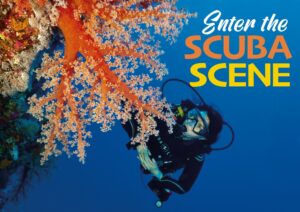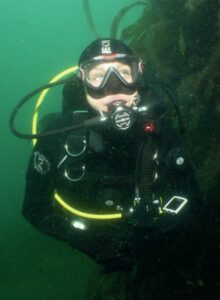Spot the Leopard Shark Thailand was launched on Koh Phi Phi Island, Thailand, in August 2013, and is community-based photo-identification monitoring programme for leopard sharks Stegostoma fasciatum in Thailand. The project is a collaboration between Dr Christine Dudgeon of The University of Queensland, Australia and Dr Kongkiat Kitiwattanawong, Phuket Marine Biological Centre.
The primary objective of this research was to establish a community-based monitoring project using photoidentification methods of leopard sharks Stegostoma fasciatum in waters of the Phi-Phi Island groups in Thailand. This data will be used to:
• Assess site-fidelity (residency) of leopard sharks to these waters and movement away from these waters with respect to time of year and water temperature. This will provide information on the importance of these waters as a habitat for this species.
• Obtain baseline population estimates for leopard sharks in the waters of the Phi-Phi Island group to enable assessment of potential impacts of over-exploitation by fishing on this population.
• Encourage community involvement and education regarding leopard sharks, other sharks and rays and their habitat requirements, which may assist in conservation efforts.
The primary methodology used in this project is photoidentification. This is a method whereby individual animals can be identified based on their unique pigmentations and the photographs provide a record of when and where individual animals were observed. These records can be used as data in scientific investigations to provide important information such as abundance, longevity and movement of animals in the wild. In particular photo-ID is a popular tool for involving contribution to science from members of the community – termed ‘citizen-science’.
This provides a fantastic way to encourage the involvement of the public in research whilst simultaneously conveying research findings in a public forum and encouraging conservation efforts and good management of species and habitats that the community feels impassioned about.
The project was initially run through the Adventure Club on Phi Phi Island but has rapidly expanded to include photo contributions from many dive centres and individuals around Thailand.
In total, 188 different leopard sharks have been identified from the west coast of Thailand, with 131 individual sharks being photographed during the first year of this project (August 2013-August 2014). 42 sharks have photographs of both sides of the body.
There are 75 sharks with photos of only the left side and 70 with only right side photos. While leopard sharks have similar markings on both sides they are not perfectly symmetrical so it’s possible that some of these sharks that only have photos from one side will match up with other sharks in the database in the future as photos become available. There are more than twice as many female sharks (94) than male sharks (38) and there are 56 sharks whose gender cannot be determined due to the angle of the photo.
There have been consistently new sightings being added to the database. This suggests that in contrast to seeing the same 50 animals time and again, new animals are being observed as part of the local Phi Phi Island population and that we have only partially sampled this population.
It is difficult to ascertain from these data what proportion of the population has been sampled and hence further monitoring is required.
The majority of sightings come from the Phi Phi Island/ Phuket region (Krabi province). The exact numbers of sightings at each location since August 2013 (the launch of the project) are shown in Figure 2. Leopard sharks have been sighted at multiple locations around the islands and reefs, however the most frequented site used by the leopard sharks is Hin Bida, a submerged reef system found east of Phi Phi Lei.
Hin Bida is also a reef that is not part of the Phi Phi Islands Marine Park and therefore has no protection from fishing. Shark Point Phuket, another submerged reef system located approximately half way between Phi Phi Island and Phuket is also a regularly visited site by leopard sharks.
This article was originally published in Scuba Diver ANZ #56
Subscribe digitally and read more great stories like this from anywhere in the world in a mobile-friendly format. Link to the article








